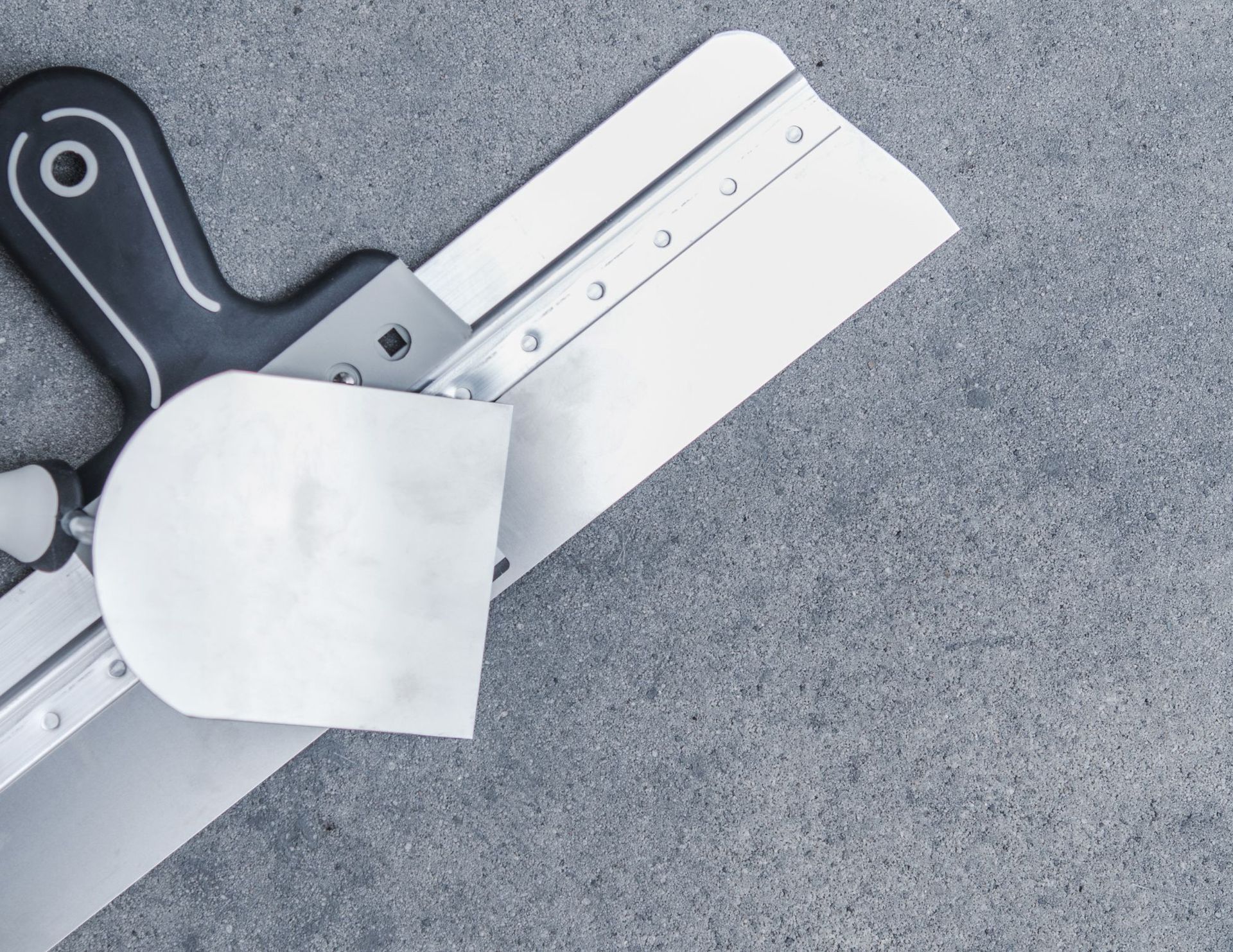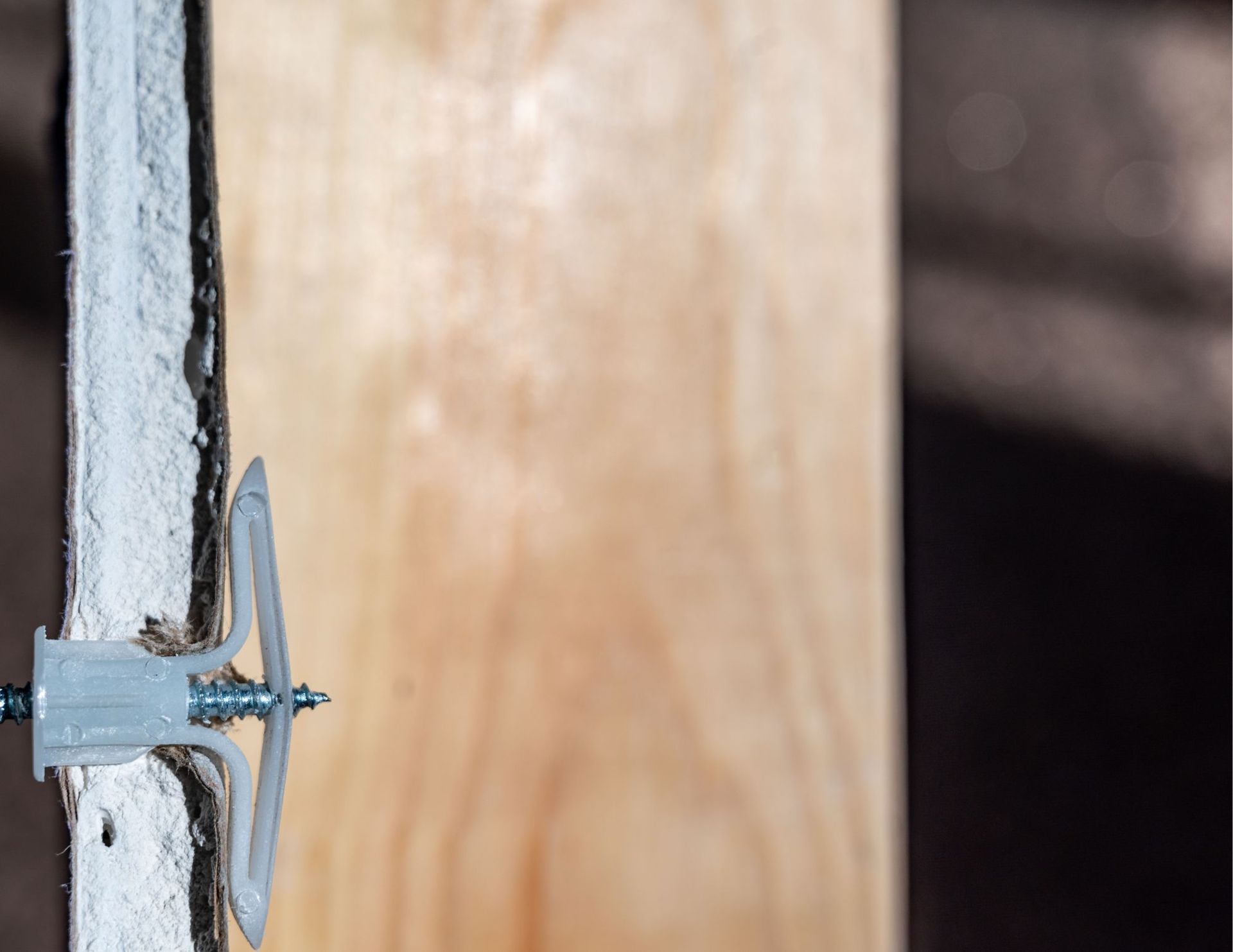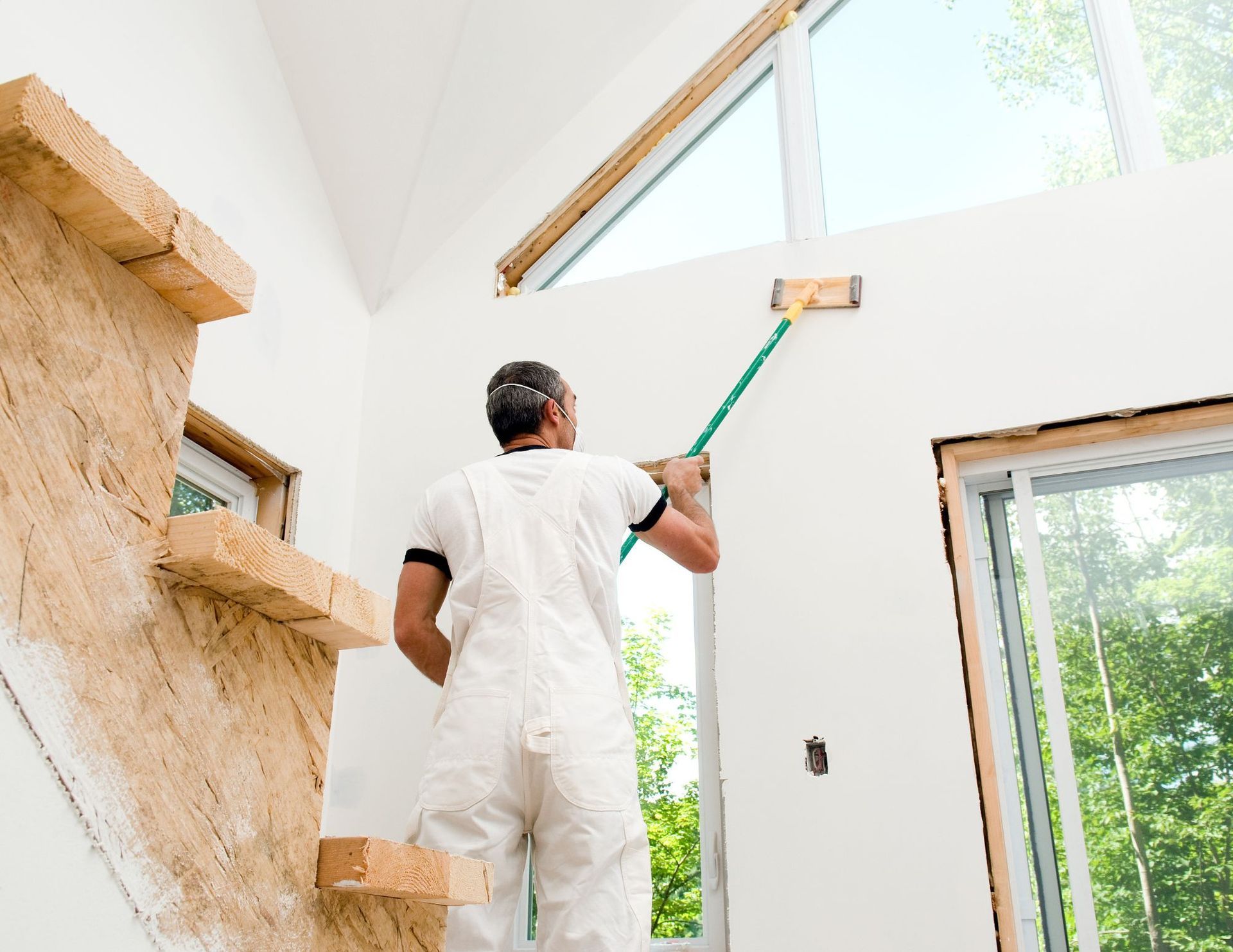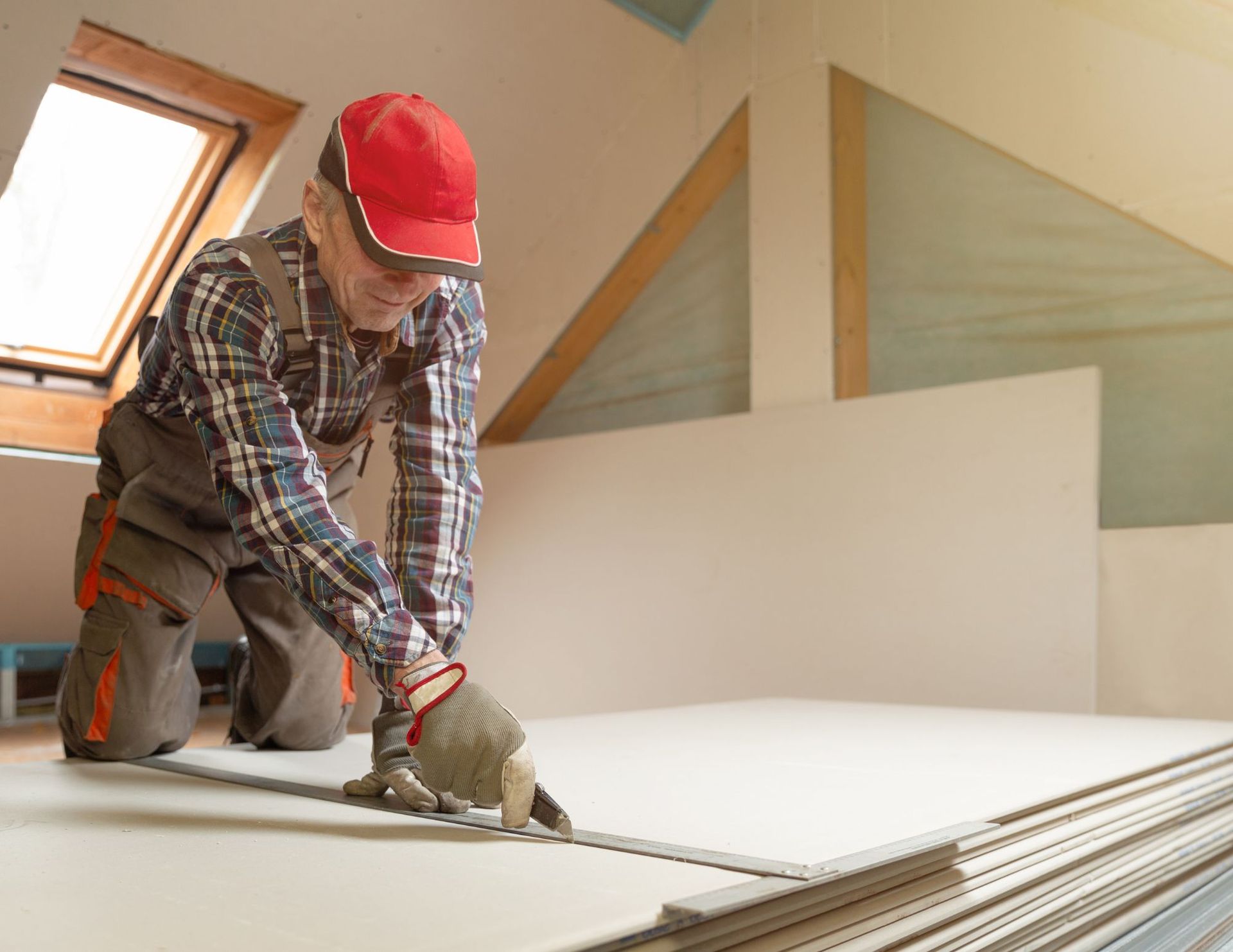How Long Does It Take For Drywall Mud To Dry?
How Long Does Drywall Mud Take to Dry?

Working with drywall mud is a fundamental skill in the world of construction and home improvement. However, one common question that arises during drywall projects is, "How long does drywall mud take to dry?" Here we talk about this question and hopefully leave you with a satisfactory answer.
Factors Affecting Drywall Mud Drying Time
1. Type of Drywall Compound: There are two primary types of drywall compound: drying-type and setting-type. The type you use will significantly impact drying time.
-Drying-Type Compound (Pre-Mixed): This type of compound, often referred to as "all-purpose" or "lightweight," typically dries through evaporation. It usually takes between 24 to 48 hours to dry, depending on factors like temperature and humidity.
-Setting-Type Compound (Powdered): Setting-type compounds, such as "quick-setting" or "hot mud," contain chemical additives that cause them to harden through a chemical reaction with water. These compounds can dry in as little as 20 to 60 minutes, making them ideal for quick drywall repairs.
2. Thickness of Application: The thickness of the drywall mud application plays a significant role in drying time. Thicker layers will naturally take longer to dry than thinner coats. It's essential to follow recommended thickness guidelines for the specific type of compound you're using.
3. Temperature and Humidity: The environment in which you're working also affects drying time. Warmer temperatures and lower humidity levels promote faster drying, while cooler temperatures and higher humidity can slow down the process. Ensure proper ventilation to facilitate drying.
4. Ventilation: Adequate ventilation is essential to help moisture evaporate from the mud. Ensure there is enough airflow in the room to prevent extended drying times.
Drying Times for Different Types of Drywall Mud
1. *Drying-Type Compound (Pre-Mixed)
First Coat: Typically, the initial coat of drying-type compound takes 24 to 48 hours to dry completely. However, it's essential to allow for longer drying times in humid conditions.
Subsequent Coats: Additional coats applied on top of the first one can dry faster, often within 12 to 24 hours, especially if the room is well-ventilated.
2. Setting-Type Compound (Powdered)
First Coat: Setting-type compounds can dry remarkably quickly, usually within 20 to 60 minutes, depending on the specific product and mixing ratio.
Subsequent Coats: Subsequent coats can be applied once the previous one has set, and they often dry even faster.
Tips for Speeding Up Drying Time
If you're working on a project with time constraints, there are several strategies you can use to speed up the drying time of drywall mud:
1. Use Setting-Type Compound Opt for setting-type compound when you need a quicker turnaround, as it dries much faster than drying-type compound.
2. Thin Coats: Apply thin, even coats of drywall mud to promote faster drying. Avoid excessive buildup, which can lead to extended drying times and cracking.
3. Use Fans and Dehumidifiers: Fans and dehumidifiers can help improve airflow and reduce humidity levels in the room, expediting the drying process.
4. Warmth: If possible, maintain a comfortable room temperature, as warmer environments facilitate faster drying.
The drying time of drywall mud depends on various factors, including the type of compound used, thickness of application, temperature, humidity, and ventilation. Our Ottawa drywall contractors understand these factors and select the right type of compound for your project can help you plan your work effectively and achieve the desired results.
Whether you're tackling a small repair or a larger drywall installation, patience is key. Rushing the drying process can lead to subpar results and potential issues down the line. By following recommended drying times and taking environmental conditions into account, you can ensure that your drywall mud dries properly, leaving you with a smooth and professional finish.
You might also like


